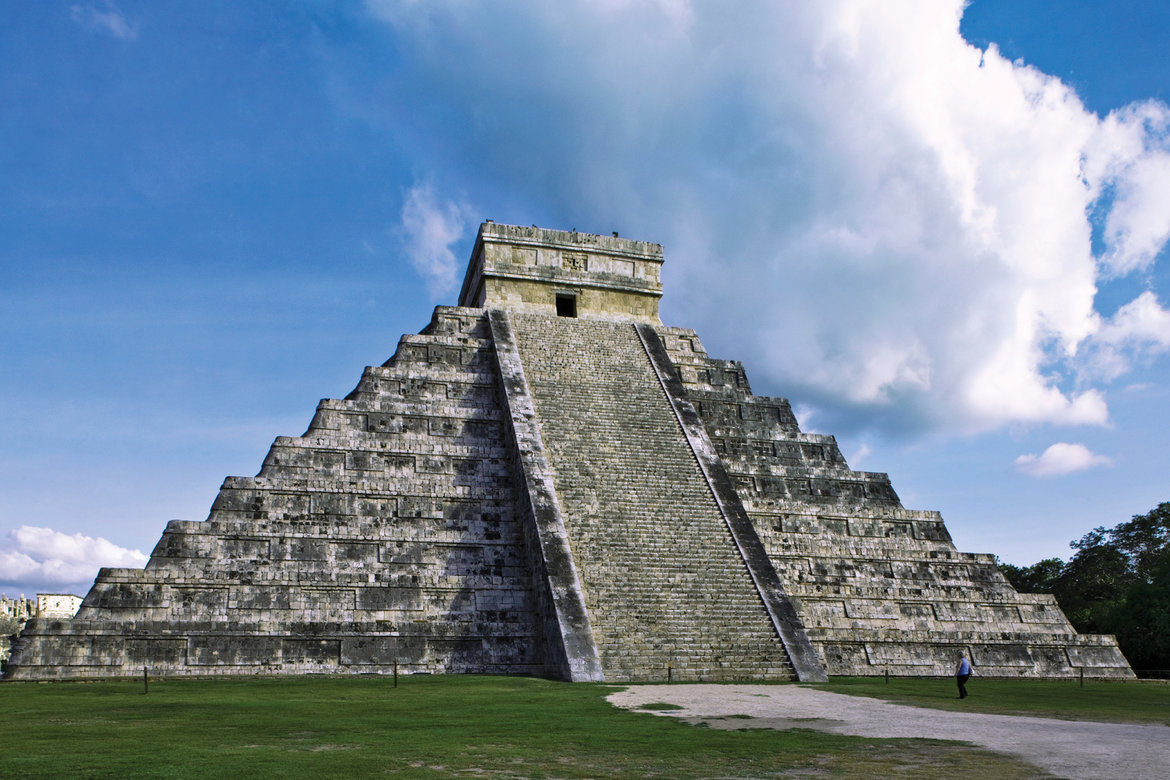I'm writing a novel which takes place in a Middle-ages-type world with magic. The heroes come across an abandoned city in the middle of a deciduous forest. The climate is temperate with rare snowfall and high humidity but not tropical.
The city was built of quarried stone, probably something like granite. Buildings are 1 to 3 stories high. The windows are without glass. The city size was about 5 to 10 thousand people. 1500 years ago, demons attacked the city, killing everyone and had the earth suck up the entire city. The buildings were damaged in this cataclysmic event but some of them are still intact a the semi-damaged buildings shored up certain areas resulting in pockets of underground city. There are some outlets to the forest above but not many.
Assuming there is no flooding, the city is protected from light, there is limited freezing/thawing and plant growth is restricted to fungus and other underground plants. What would the state of decay be inside buildings? Would bed frames, desks, chairs, swords, be gone? weakened? recognizable? Would everything just be a mold and fungus?








